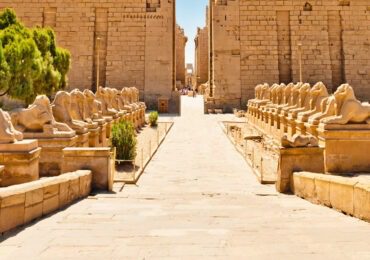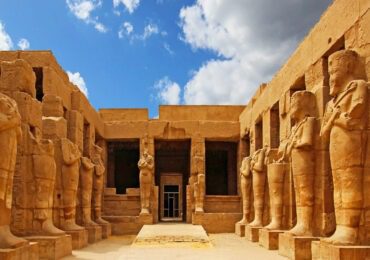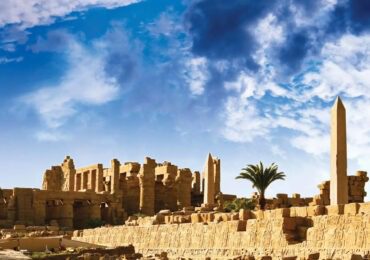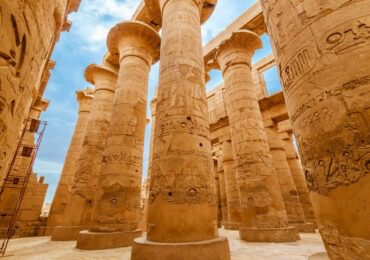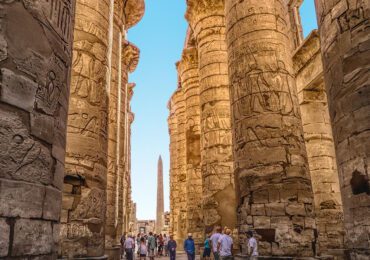Karnak Temple of Luxor: A journey in time
Discover the Majestic Karnak Temple: A Journey Through Time
Nestled in the heart of Luxor, the Karnak Temple stands as a testament to the grandeur and ingenuity of ancient Egyptian civilization. This sprawling complex, often referred to as the largest open-air museum in the world, was constructed over a period of more than 1,500 years, beginning in the Middle Kingdom and continuing into the Ptolemaic period1. The temple is dedicated to the Theban Triad of Amun, Mut, and Khonsu, and its sheer scale and intricate details are sure to leave visitors in awe.
One of the most striking features of the Karnak Temple is the Great Hypostyle Hall, a vast space filled with 134 massive columns arranged in 16 rows2. Each column is intricately carved with hieroglyphics and scenes depicting the pharaohs’ devotion to the gods. Walking through this hall, you can’t help but feel the weight of history and the reverence the ancient Egyptians had for their deities. The hall’s grandeur is a perfect example of the architectural prowess that defined ancient Egypt.
The temple complex also includes the Sacred Lake, a large rectangular basin that was used for ritualistic purposes3. This lake, surrounded by stone embankments, adds to the serene and mystical atmosphere of the site. Nearby, you’ll find the impressive obelisks of Thutmose I and Hatshepsut, towering monuments that have stood the test of time. These obelisks are not only architectural marvels but also serve as historical records, with inscriptions detailing the achievements of these great rulers.
Visiting the Karnak Temple is like stepping back in time. Each corner of the complex tells a story, from the grand processional avenues lined with sphinxes to the smaller chapels and sanctuaries hidden within its vast expanse. Whether you’re a history enthusiast or simply looking to experience the magic of ancient Egypt, the Karnak Temple offers an unforgettable journey through one of the most fascinating periods of human history.

